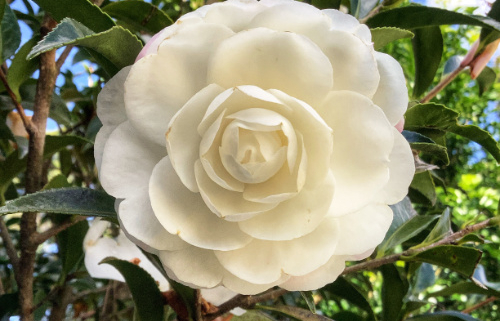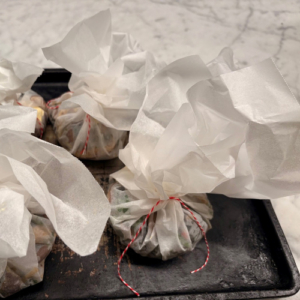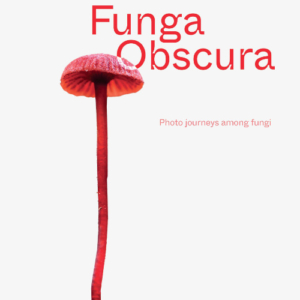Welcome to winter
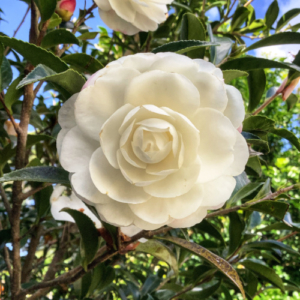 by Mark Evans
by Mark Evans
As winter arrives and the days grow shorter and darker, your garden doesn’t have to fade with the sun. You can overcome seasonal dreariness in the short term by adding colour with annuals such as calendula, pansies, primroses, violas or Iceland poppies. But, like a sugar rush, this colour burst is fleeting. To truly satisfy your craving for winter colour, think long-term. Plant perennials that bring lasting vibrancy and sensory joy. Here are three top performers for the winter garden.
If you have a partly shaded spot (under a deciduous tree or on the shady side of the house), hellebore could be just the thing. Sometimes called winter roses, these hardy, cold-tolerant plants (about 40 cm x 40 cm) bloom in a range of colours, from lime green and dusty pink to bold maroon. For gothic flair, try the striking black varieties. Just keep them well mulched through summer.
Want winter colour with a hit of fragrance? Look no further than Daphne odora. Ideal for the same shady spaces as hellebores, this shrub (1.2 m x 1.2 m) produces clusters of pinky-white or lavender blooms with an unforgettable scent. Daphnes can be fussy. They prefer slightly acidic soil. If you can grow blueberries or azaleas, you’re in with a chance. Even if you’ve tried and failed before, it’s worth another go. When happy, a daphne rewards you with one of the most divine fragrances in the garden.
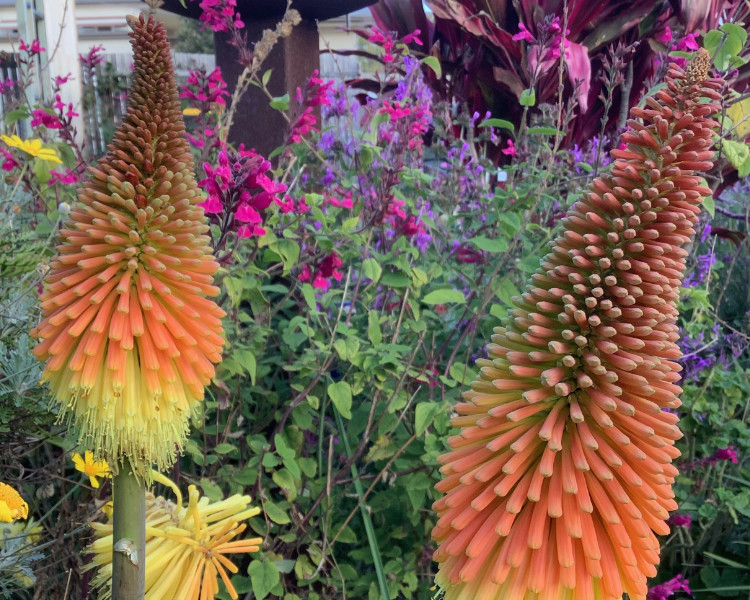
And then there are camellias, the undisputed queens of winter. There are several types, including Camellia sinensis (used for tea), but the stars for garden colour are Camellia sasanqua and Camellia japonica. These varieties can carry your colour display from late summer through to spring. They come in a range of forms and colours, some resembling peonies, others with perfectly symmetrical blooms.
Sasanqua camellias are early bloomers, flowering from late summer through autumn into early winter. They grow quickly, thrive in full sun or deep shade, and are perfect for hedging with their smaller, glossy leaves.
Japonica camellias flower later, starting in late autumn and continuing through winter into spring. They prefer cooler climates and filtered light, avoiding morning sun to protect their delicate petals from dew burn. With their large, shiny leaves and graceful shape, they make excellent feature plants.
Around town, hibiscus still offer cheerful colour after months of blooming. Grevilleas are throwing out another round of flowers. Camellias are showing off their seasonal best and kniphofia (red hot pokers) are lighting up gardens like torches.
In the veggie patch, options are thinning. It’s your last call for planting garlic. Alliums like onions and shallots can still go in, but that’s about it for now.
Got gardening questions, need help identifying a plant or pest, or just want to chat? Email us at gardening@thetriangle.org.au. We’re happy to help.
Happy growing!
